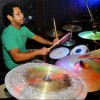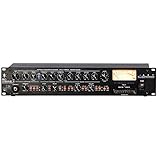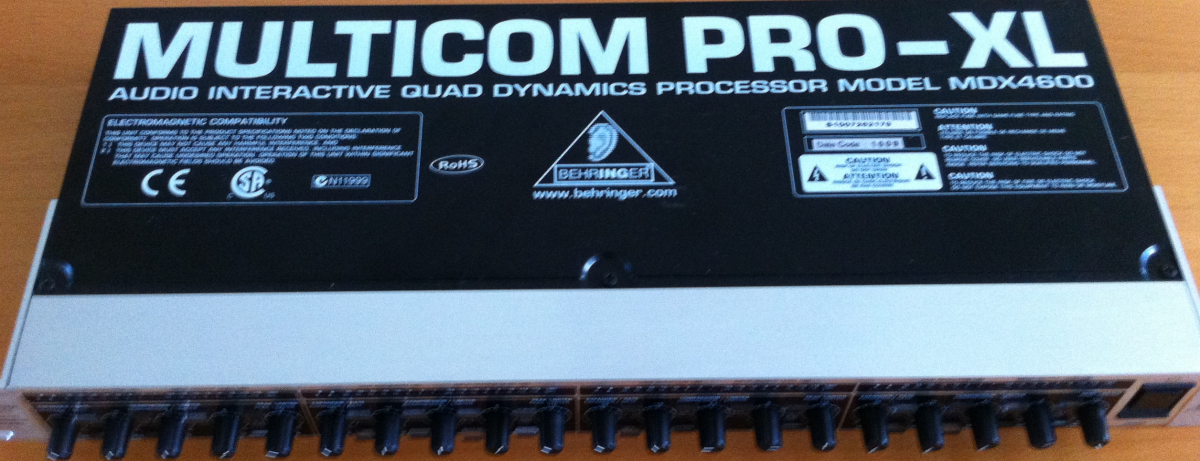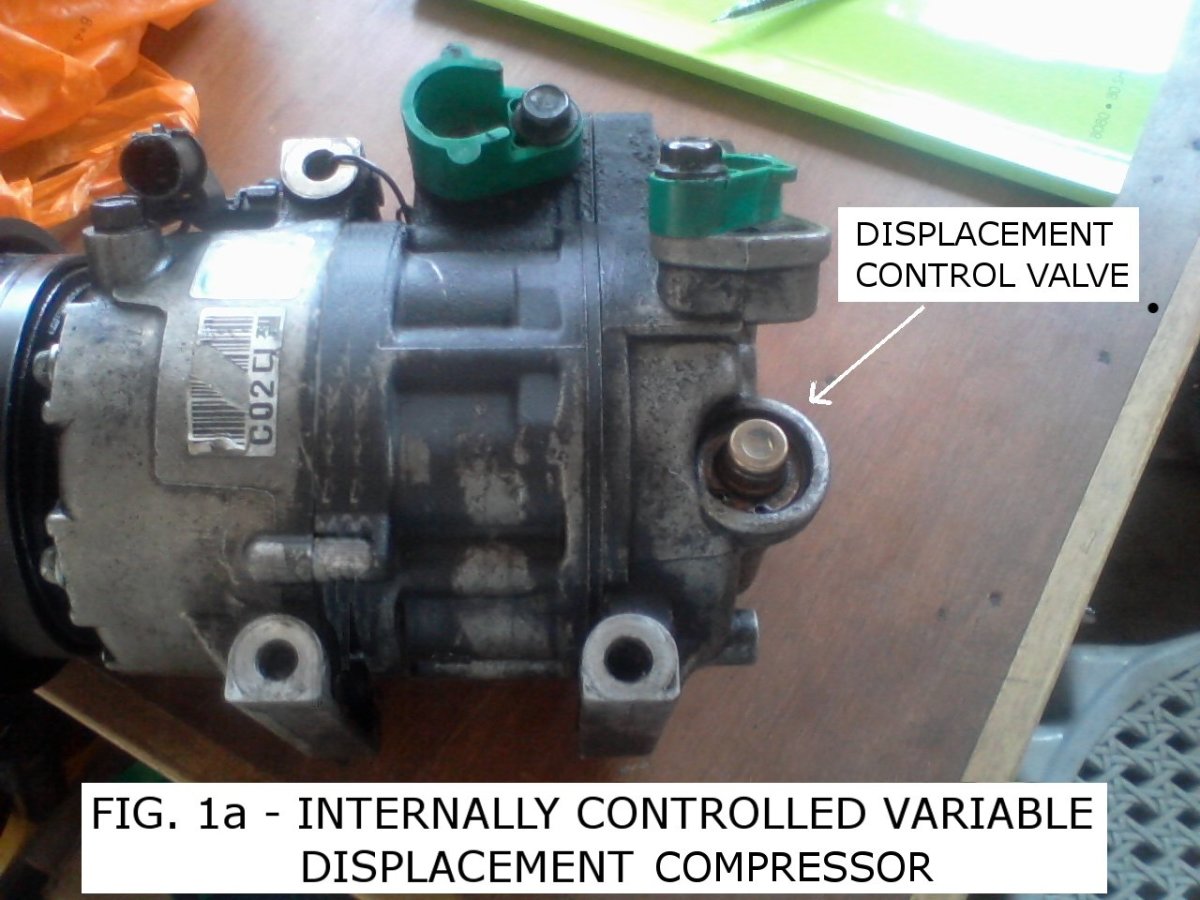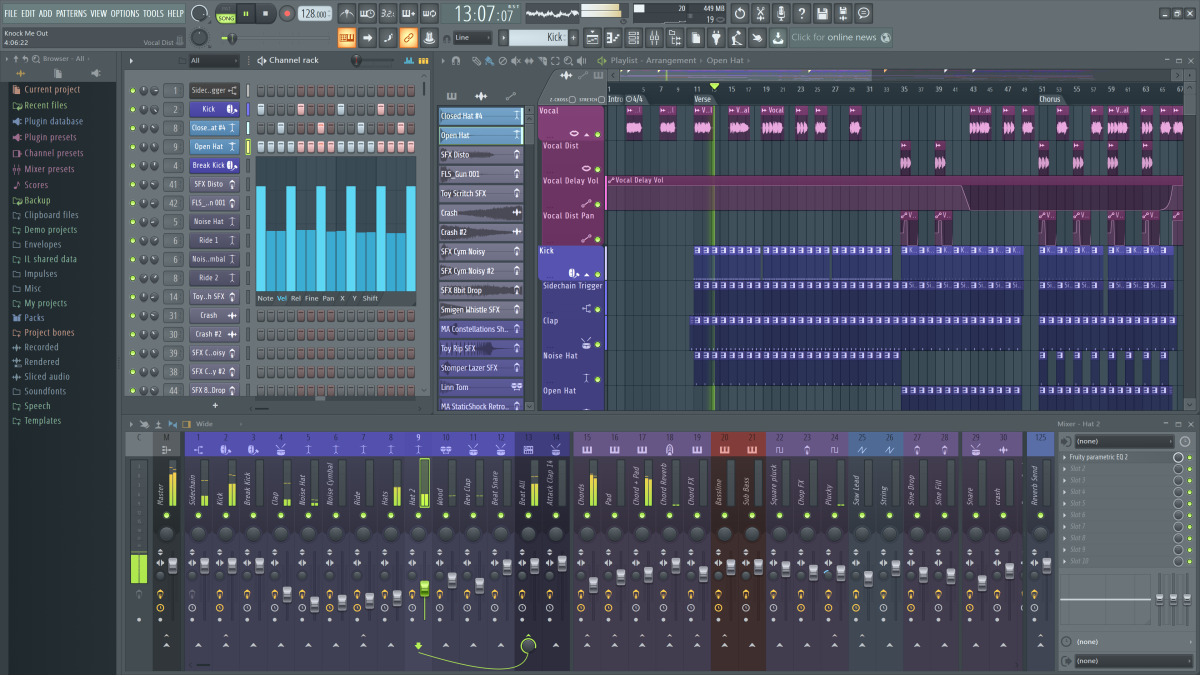How To Use A Multiband Compressor On The Whole Mix
An Introduction To Multiband Compression
Using A Multiband Compressor on your mix can be an extremely effective technique in the mastering process. In this hub, you will learn how to use a multiband compressor to effectively control the dynamics of your recording.
When you are using a single band compressor, it can often be tough to get as much control as you want over the mix, and sometimes something like a kick drum will pull down the gain on the mix as a whole, so this is one situation in which you might want to use multiband compression- if you have one instrument with consistently higher peaks than the rest of your tracks. If this is the case, then you can often set the frequency cutoffs on your compressor to just capture and compress the range of that instrument.
Similarly, perhaps the room in which the music was recorded in, or the microphone that was used has a peak at a certain frequency. A multiband compressor can in this case be used to grab and compress only the audio from that frequency range, without affecting the rest of the mix.
Two other uses of multiband compressors that are common in the mastering phase are to get "phat bass" without squashing the dynamic range of the rest of the recording, and to trim just a few decibels off of the mix as a whole (using a low ratio and low threshold), so that the average level of the mix as a whole can be brought up (although this is sometimes done just using a whole band compressor).
Whatever the techniques that you end up using in your masters, learning how to use a multiband compressor is something you will have to do if you want to get anything even close to a professional sound out of your home recordings- and that means spending lots of time experimenting and listening to the plugins themselves. But lets look at some things that this device can accomplish for you and guidelines for how to get there.
Compressors from Amazon.com
Starting Points For Mastering Compression With The Multiband Compressor
Lets examine the controls on the typical multiband compressor and think about how we would set them in each of our situations: getting phat bass (theoretically any range can be made "phat" with this tool, but bass is of course the most common), controlling peaks in a certain frequency spectrum, and bringing up the average level of the mix as a whole.
First of course, we need to set our frequency cutoffs for the ranges that we are going to want to compress separately. To do this effectively, you need to know which instruments have energy in which frequency spectrum. For example, cymbals and string instruments typically dominate the 2-4Khz range, but also have a lot of "mud" in the 100-400Hz range. With guitar, drums, vocals, and bass in the mix, I will usually set my first cutoff at around 200Hz, second at 1Khz, and third at 6Khz. You should begin by setting the frequency cutoffs in these ranges. These ranges give me what I am looking for in the mix pretty nicely, with the assumption that I will still be using EQ afterwards if needed.
Advanced Cutoff Technique: find the nearest root note of your track to the above frequencies, and set your cutoffs there. For example, if your song is in the key of A major, then the frequency of an A is 220 Hz, so you might begin by setting your multiband compressor to have its first cuttoff there, its second three octaves higher at 1760 Hz, and it third frequency cutoff two octaves above that at 7040 Hz.
Besides the frequency cutoffs, we of course have all of the other controls typically found on a compressor, including: threshold, ratio, attack, and release. As far as setting these- every mix is different, I wish I could give you a hard and fast rule about these, but the truth is that setting these controls is a trial and error process. However, what is typical is that the higher the range you are compressing, the faster you will want both the attack and release controls to be set. Having too slow an attack, or too long on the release in the treble range can make the music sound "wavery", and not "tight" like we want. You also won't usually want to go faster than about a 10 ms attack in the bass range, because if you do, you will end squashing your very low frequencies and emphasizing only the upper bass. This will mean that your mix might still translate well to very small speakers, but won't do so well in clubs, venues, or on larger car stereos, etc.
Compressors from Amazon.com
Multiband Compressor Attack and Release Times
So, you want some specific attack and release times to start with? Ok, here you go. Please note that these are only a guide, and what you will want to use depends on how smooth or punchy you want your track to sound (smooth= slower, but you may lose clarity in the trebles. punchy= faster but remember, not too fast for the bass or you will lose sustain and depth on your kick drum).
In general, most masters I do will be set up as follows:
Bass region: 9-25 ms attack, 140-400 ms release.
lower mids: 4-14 ms attack, 30-200 ms release (again, slower for "warmth", faster for "punch").
upper mids: 0-8 ms attack, 15-100 ms release.
treble region: 0-5 ms attack, 10-100 ms release.
It is important to note, that unless you are using a very good multiband compressor, such as Izotope Ozone 5, Waves Multi L3, or the Sonalksis Multi (which are the three that I most commonly use), using a 0 ms attack time, and extremely short release may not be handled very well. If you are, for example, using Logic's multiband compressor, then it is still possible to get great masters out of it, but you will want to be very conscious of the fact that it may create unpleasant compression artifacts if you try to hit it too hard. If you are going to use very short attack and release times, then it is a good idea in general to make sure you are compressing no more than 2-3 db on average (If you need to do more than this, then I would recommend going back to your mix, and re-mixing the offending instrument(s), so that you don't smash all of the air out of your mix!)
Compressors from Amazon.com
Controlling The Loudest Peaks
In the situation of setting the peak controls, you will need to make sure that your threshold is high enough that you are not affecting the gain of the majority of the music. You should only see the gain changing when the louder peaks are hit; usually a ratio of anywhere from 2:1 all the way up to 10:1 is used for this type of mastering compression. The most important thing here, again, is to control only the loudest peaks, so that the dynamic range as a whole is slightly smaller, but still sounds natural.
Often these peaks will be caused by the snare drum, and for these look for its energy to be occurring in the 75Hz to 180Hz range- you might want to use EQ afterwards to bring these down if you find you have to overcompress in order to keep them under control.
Compressors from Amazon.com
Bringing Up The Average Level Of The Mix
If the peaks in your mix are pretty well under control, but you simply want to get a higher average volume, then often using a multiband compressor for this purpose can be effective, especially when it is combined with the "phat bass" technique that we will talk about next.
As a starting point for this type of work, set your threshold to about -30 Db on everything except your bass range, and your ratio will typically be anywhere from 1.1:1 to 2:1, but you will have to do a lot of listening to make sure that you are not overcompressing- which mean causing a change in the music that is actually audible... and it is easy to be tricked at first in this process because you might think that the music sounds better now that you can get it to go louder without digital overs, but after listening a few times you might find that it is lacking the depth it had before you used the compression.
However, when you do master this technique, you'll find that you can get some very polished mixes with it that have a nice, deep bass to them, and the entire mix can be made to sound tighter with this light compression.
Compressors from Amazon.com
Getting Phat Bass With The Multiband Compressor
One of the most common things that gets asked during the mastering process is to "phatten" the bass up in a recording so that it bumps a bit harder and has a more commercial sound to it.
This technique is fairly simple to do with mulitband compression, but of course still takes some refinement, and you want to be careful that your bass still sounds "warm" when you are done, not "hollow" as will happen when you overcompress.
To phatten up the bass in your recordings, set the cutoff around 200Hz, and then set your threshold control so that every hit is compressed slightly, with the loudest ones being compressed by anywhere from 3-8 Db, as appropriate. You will then be able to use the "makeup gain" control on this segment of the music to raise the average level of the bass, without having any clipping. Your mix should now be bumping hard.
Compressors from Amazon.com
Final Thoughts on Mastering with a Multiband Compressor
As I said above, learning how to use a multiband compressor is a critical factor in your success as a mastering engineer. It will take you hours upon hours of tweaking settings slightly and intent listening, but it is worth it if you are serious about producing your own music. You will feel that you have more control over the final version of your recordings, and you will save a lot on mastering costs, If you can really get good as a mastering engineer.
I highly recommend making use of all of your friend's, family's, and bandmate's ears when you feel you are getting close to a final sound. Have them check out the recording in their normal listening environment, and have them give you feedback on how they think it sounds, relative to their favorite recordings. Similarly, make sure you "take a step back" every once in a while, and listen to your recording without looking at the screen. When you remove the visual aspect, you will find that you notice things that you wouldn't if you were actively working on the mix.
Most of the time, when I am using a multiband compressor in my mastering chain, I am only attenuating the signal by 2 or 3 db, or less! I don't use higher ratios to attenuate more, I use them to create a "ceiling" on the dynamics. If you want things to be less dynamic, and very tight, you may want to use a very low ratio (1.1-1.5:1) and set the threshold very low. I just want to emphasize to you that it doesn't always take that much gain reduction to make things sound a lot tighter and better.
Your goal with any compression should be to tighten things up, while preserving the depth of the music... If you aren't sure if a setting works well, then sleep on it and listen to it on several different audio systems. Even if you have great studio monitors, you want to hear how something sounds on a variety of systems, because in the end, mastering compression is all about how it sounds to your listeners, who generally aren't going to be using Tannoy or Duntech monitors.
I hope you find this article useful to your mastering process, and please feel free to check out my other music articles.
